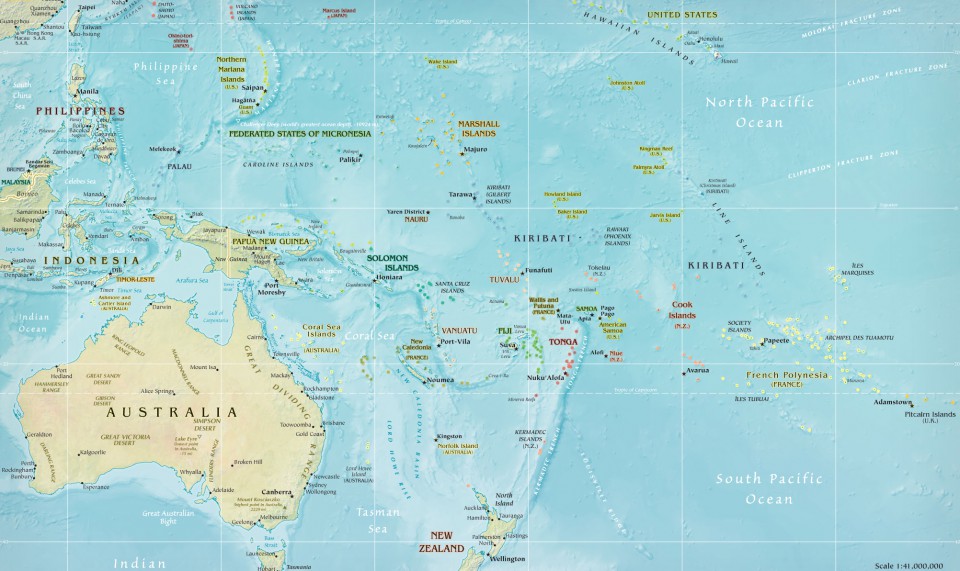Tags
Attitudes towards psychoanalysis by senior medical practitioners in Australia, Foundational ideas about psychoanalysis in Australia, John Springthorpe
FROM SPRINGTHORPE’S PAPER TO THE AUSTRALASIAN MEDICAL CONGRESS 1924.
What did the Australian medical profession actually say about Freud and psychoanalysis during the 1920s? Why was there so much antipathy towards it? In an attempt to understand this, I have been reading the Australasian Medical Journals from the early twentieth century. John Springthorpe was a former lecturer in Medicine at the University of Melbourne, recognised for his interest in psychotherapy, and the relationship between mind and body, had some thoughts which he delivered at the Australasian Medical Congress in 1924. Springthorpe was one of the most senior practitioners of medicine in Melbourne Australia from 1883 until his death in 1933. In this paper, Springthorpe is most scathing about Freud’s thought as he asserts the superiority of his own methods, derived, in part from the practice of hypnosis. These are the trio: analysis, suggestion and re-education. Here are some of the statements Springthorpe made about his theory of mind, the practice of psychotherapy and psychoanalysis and Freud.
*****************************************************************************
‘Psychotherapy is very complex…. the present position is very complex. It involves heredity, psychical as well as physical, comparative physiology and anthropology, the relations of mind to matter, of instinct to intelligence, of the conscious to the unconscious, of the place of the emotions, the intelligence and the will, of the endocrine glands and the sympathetic nervous system; upon each and all of which each must satisfy himself’.
‘ There is advantage, also, in co ordinating, if possible, all under one guiding principle – just as matter and life have been brought under their unities of origin. To state my own opinion upon this even more open question without dogmatism, I may say that I find myself a psychical monist and regard it probable that our mind, though at present confined in limited material setting, informed as to realities by a few imperfect scouts and reacting through material expressions, but possibly destined after trial and testing ultimately and always to use their little freedom of will in accord with the supreme’.
‘In psychotherapy two intellects are concerned, the operator’s and the patient’s, and, of course, the ingenuity of the former should be used purely for the needs of the latter. Psychoanalysis is thus doubly personal. It is interesting to note that whilst Freud basis his analysis on a fundamental emotion, Coue, ends his suggestion with “Know thyself”‘.
‘In my experience each patient should suggest his own analysis and any set plan is inadvisable’.
‘Each case is a case to itself and there are no watertight classifications… For pushing analysis into the subconscious. the main methods are the “relaxation and mild hypnotism” of Haydn Brown, the “auto-Hypnosis” of Coue, the deep hypnosis of Bramwell,and the “psychoanalysis” of Freud…. In my experience, however, the need thus analytically “tapping the unconscious” is rare; therapeutically the subconscious requires rather to be influenced by indirect than to be controlled by direct suggestion’.
‘Freud’s psychoanalysis calls for special attention. It mus suffice here to say that his view of causation is now abandoned, save by a few extremists, in favour of the wider and more applicable post-Freudian, that his his methods of procedure ( free association, word association, symbolic interpretation, dream analysis and so forth) are now held to be rarely necessary, often misleading, at times dangerous and almost always cumbersome and tedious, whilst his views on repression and mental conflicts seem largely overstatements and in some cases contrary to definite laws. The value of his contribution to the position is, thus, that of an investigator not of an interpreter and at bottom his methods tend to an intellectual misdirection of fundamental suggestions. His ‘Symbols’ again can prove anything that is in the mind of the operator. And as regards the actual results, it would be amusing if it were not pathetic to see psycho-analysts laboriously seeking and proudly proclaiming results that are often producible to even greater advantage and in a fraction of the time by simpler forms of suggestion. After all treatment by analysis is pre-eminently the province of an educated profession not of the academician or theologian’.
John Springthorpe, ( 1924), Psychotherapy in Practice, in Transactions of Congress, Supplement to the Medical Journal of Australia, 21 June 1924, pp, 448-451.


